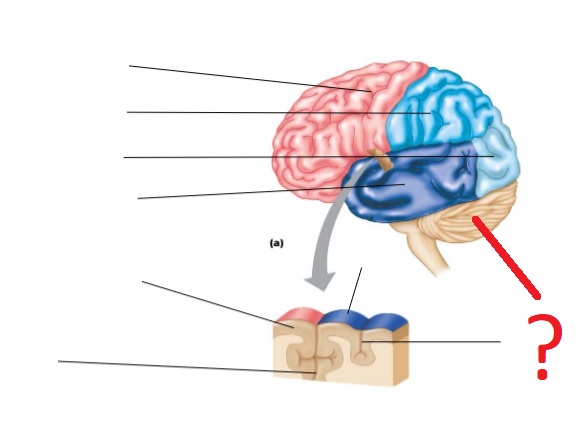AP1 Brain and Cranial Nerves
1/28
There's no tags or description
Looks like no tags are added yet.
Name | Mastery | Learn | Test | Matching | Spaced |
|---|
No study sessions yet.
29 Terms
Cranial Nerve I
Olfactory - smell
Cranial Nerve II
Optic - Vision
Cranial Nerve III
Oculomotor - moves eye, eyelid, lens
Cranial Nerve IV
Trochlear - eyeball movement
Cranial Nerve V
Trigeminal - sensory to face, mouth, eyes; motor to mouth muscles
Cranial Nerve VI
Abducens - eyeball movement
Cranial Nerve VII
Facial - sensory for taste; motor to facial muscles; salivary glands
Cranial Nerve VIII
Vestibulocochlear - hearing and balance
Cranial Nerve IX
Glossopharyngeal - swallowing; back of tongue taste
Cranial Nerve X
Vagus - parasympathetic fibers to heart and abdominal viscera
Cranial Nerve XI
Accessory - sternocleidomastoid and trapezius muscles
Cranial Nerve XII
Hypoglossal - muscles of tongue
Frontal Lobe

Parietal Lobe
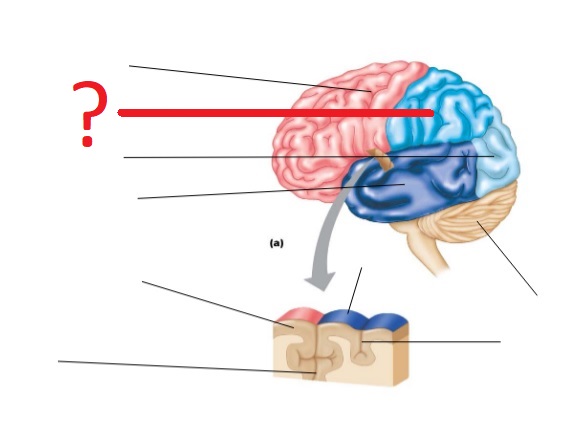
Occipital Lobe
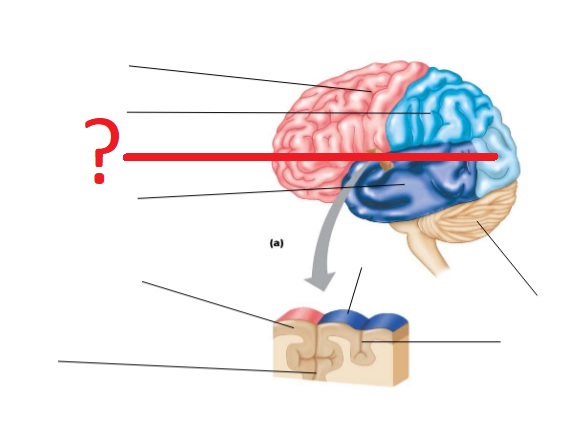
Temporal Lobe

Gyrus
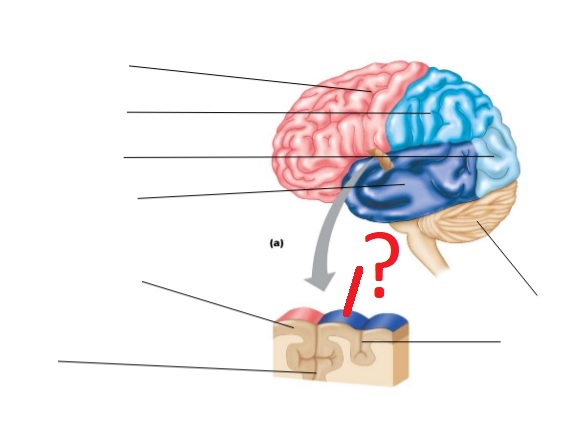
Sulcus

Fissure

Gray Matter

Cerebral Hemisphere
Higher functions
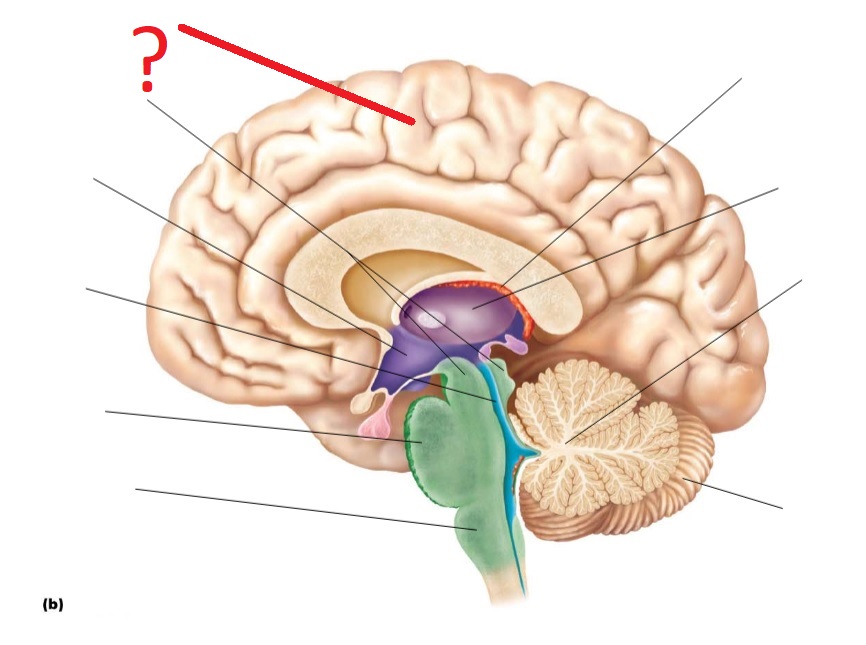
Choroid Plexus
Secretes CSF

Thalamus
“Gateway to the cortex” - mediates sensation, learning, memory, and motor activities

Hypothalamus
Regulates homeostasis (smooth/cardiac muscle, emotions, body temp, food intake, thirst)
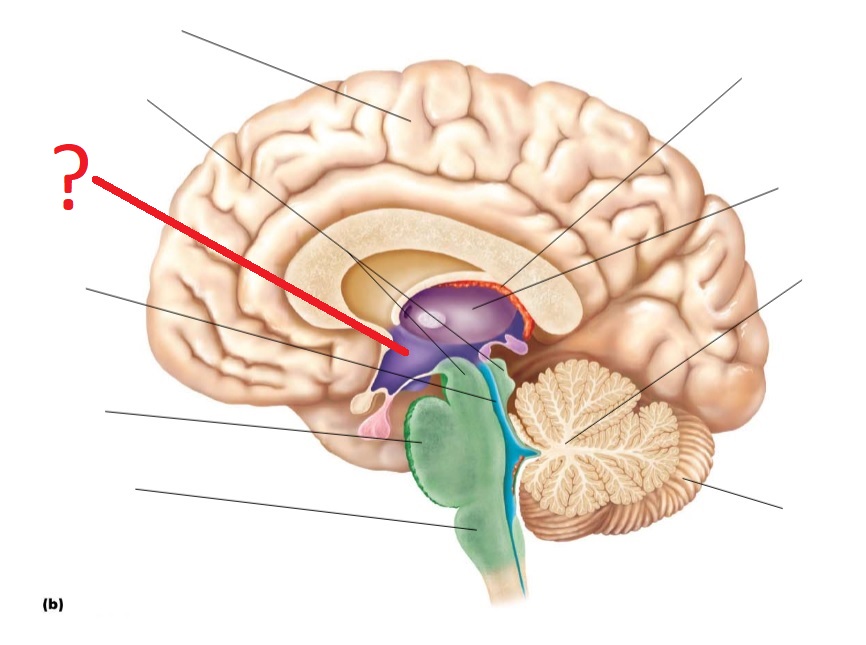
Midbrain
Corpora quadrigemina: visual reflex and auditory relays
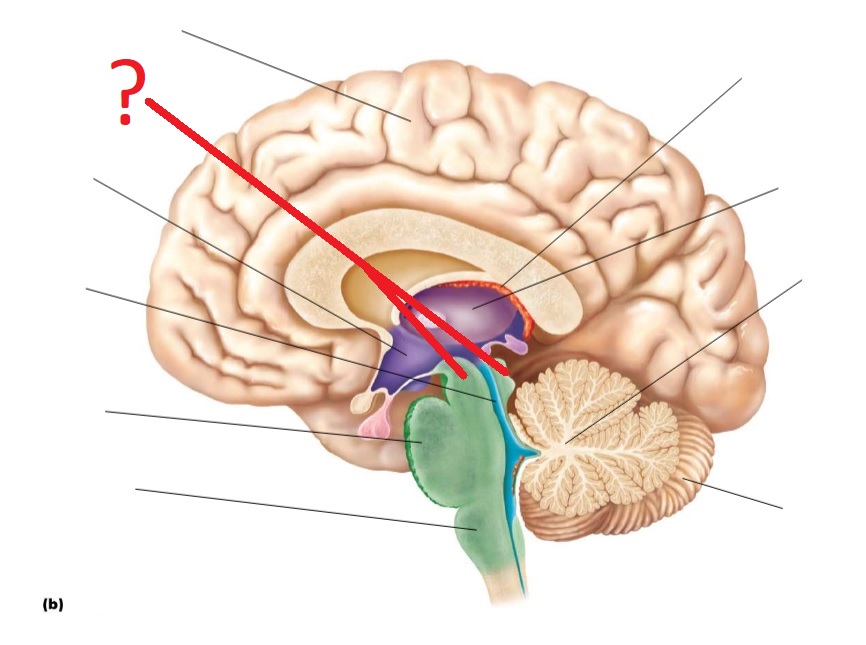
Pons
Respiratory center, connects brain to spinal cord
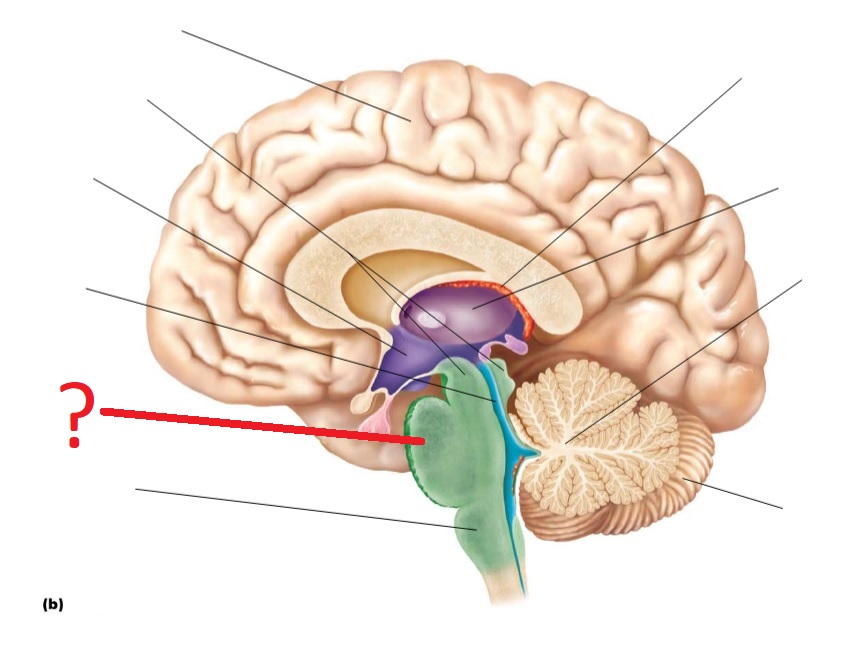
Medulla Oblongata
Cardiac and respiratory center, state of muscle stretch

Arbor Vitae
Branched white matter
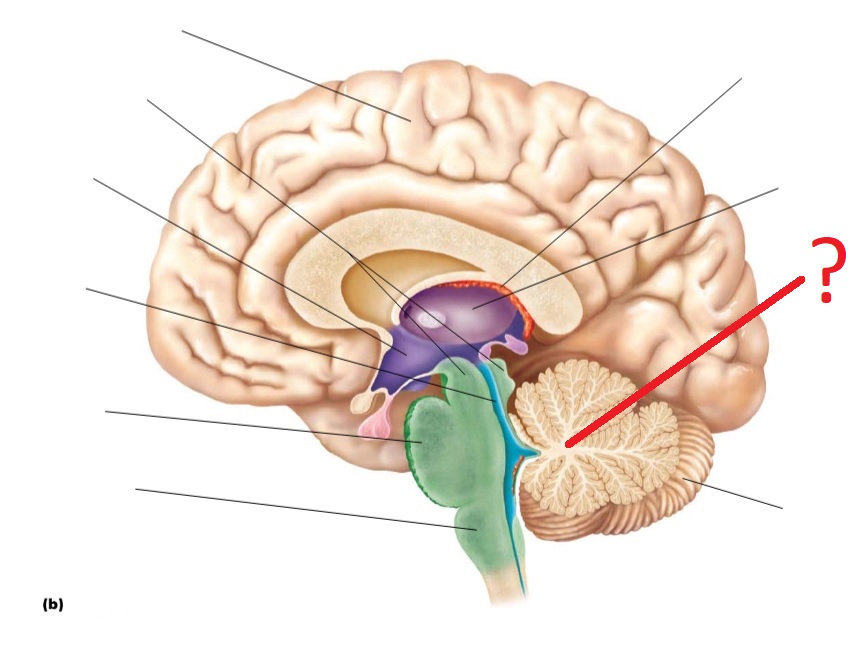
Cerebellum
Coordinates skeletal muscle, contractions; balance and equilibrium
